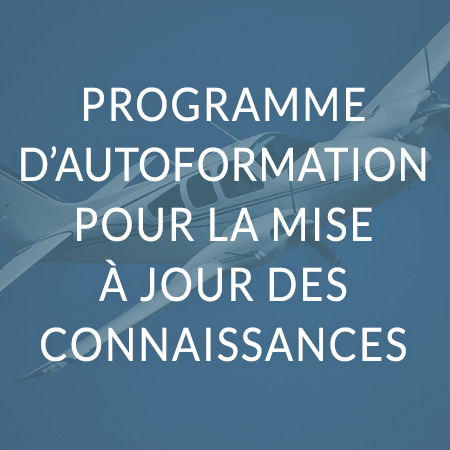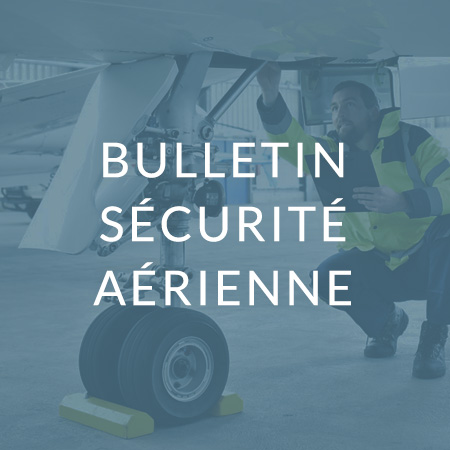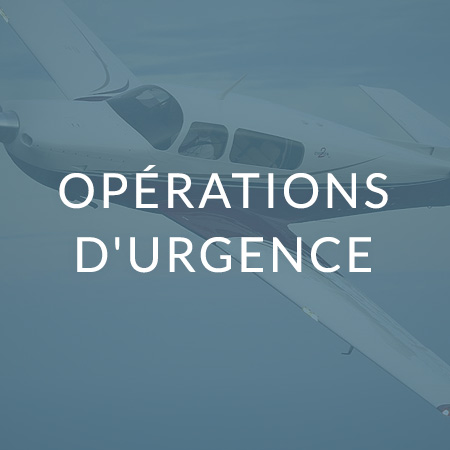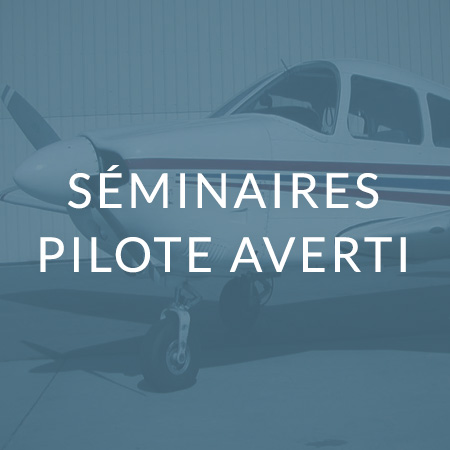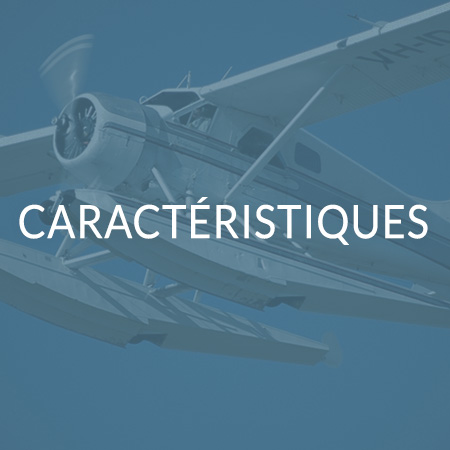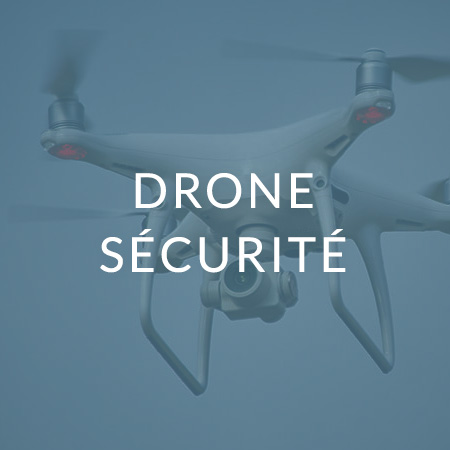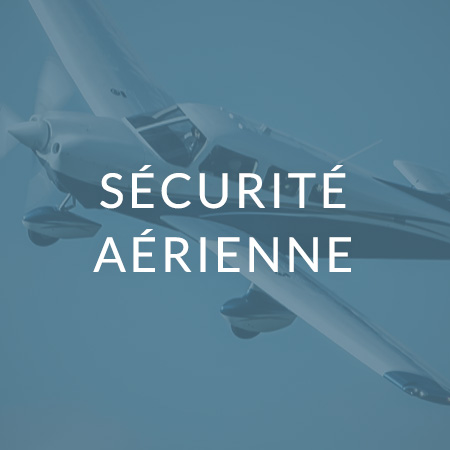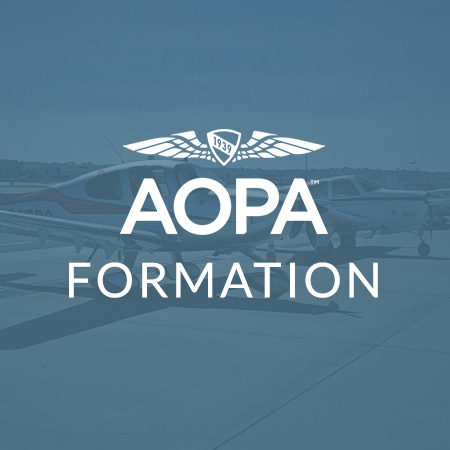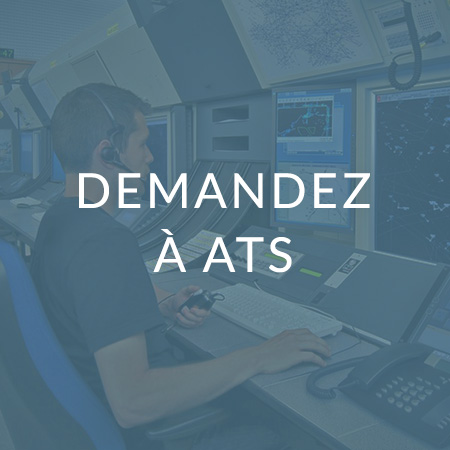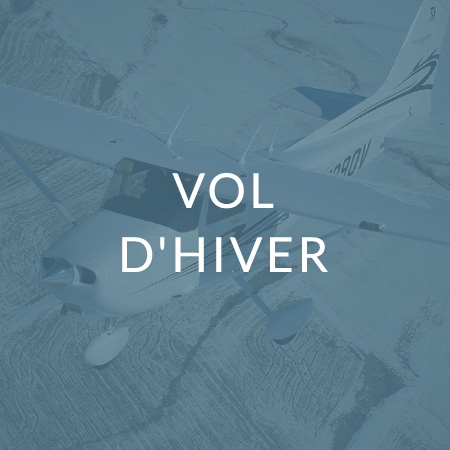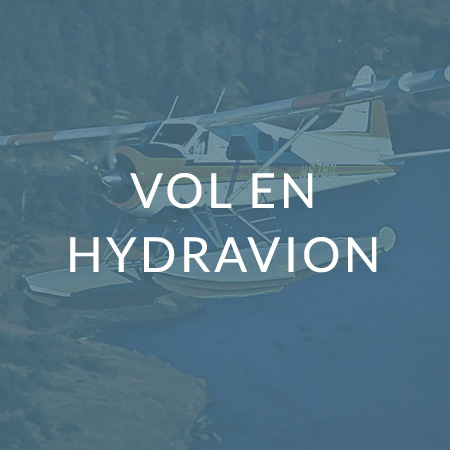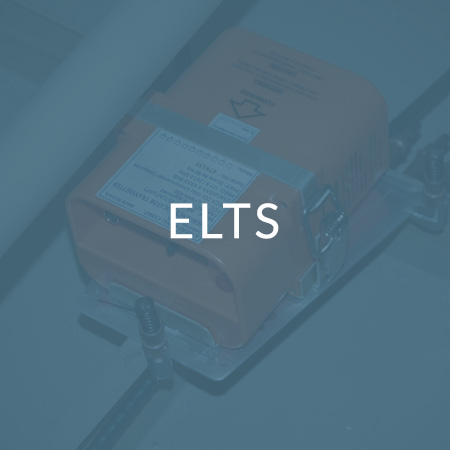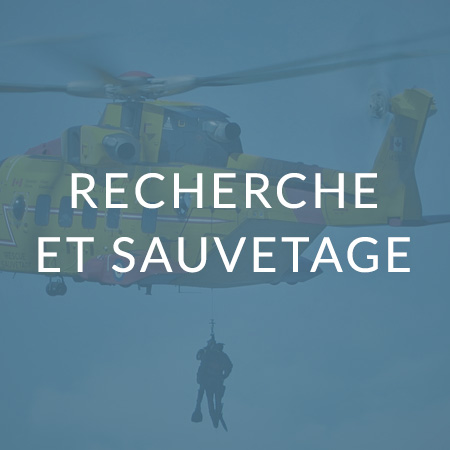ELTs Have Come A Long Way
Are you willing to pay for a 73% chance of being found, or save your cash and have no chance at all?
Tomorrow always promises something better, but pilots need to think about their flights today. Although both 121.5 MHz and 406 MHz ELTs are legal on board Canadian aircraft, the differences in the two technologies can be the difference between lost and found or life and death.
IN THE BEGINNING
ELTs in the early days transmitted on 121.5 MHz and, being new technology had reliability issues, lots of false detections and many, (many) false alarms. In fact on average there were 500 false alarms each year. These issues used taxpayers money and tied up resources that could have been better used for real SAR emergencies.
121.5 MHz ELTs... testing, testing, testing!
Listening out for 121.5 MHz ELTs was discontinued over 10 years ago in favour of the more reliable 406 ELT equipment. So if you are still using a 121.5 MHz ELT in your aircraft, you are dependent on other overflying aircraft picking up your signal and relaying your distress to ATS.
406 ELTs Today
406 MHz ELTs are part of a bigger Search and Rescue alerting system now used by aircraft, boats and personal locating beacons and they offer a significant number of improvements over the older technology.
Faster Response Time
Faster response times and more accurate locating capabilities are one of the many benefits of the 406 ELT technology including some that provide instant GPS co-ordinates.
Less False Alerts
A properly registered 406 MHz ELT can eliminate a false alert, saving pilot / owner embarrassment and more importantly freeing up SAR resources to deal with real emergencies.
Reliability
406 MHz ELTs have come a long in activation reliability. From a sample of 393 crashes the 406 ELT was activated in 62% of the cases. If we remove cases where the pilot manually shut off the ELT and impacts with G forces too low to activate the ELT the activation rate jumps to 73%.
Assured Activation
In the cases where the ELT might fail to activate (aircraft being submerged, the antennae broke off, etc.), most 406 MHz ELTs have a panel switch that could be activated the moment an emergency situation was detected, alerting SAR while still in the air.
A Sample of 393 Crashes Where ELT Failed to Activate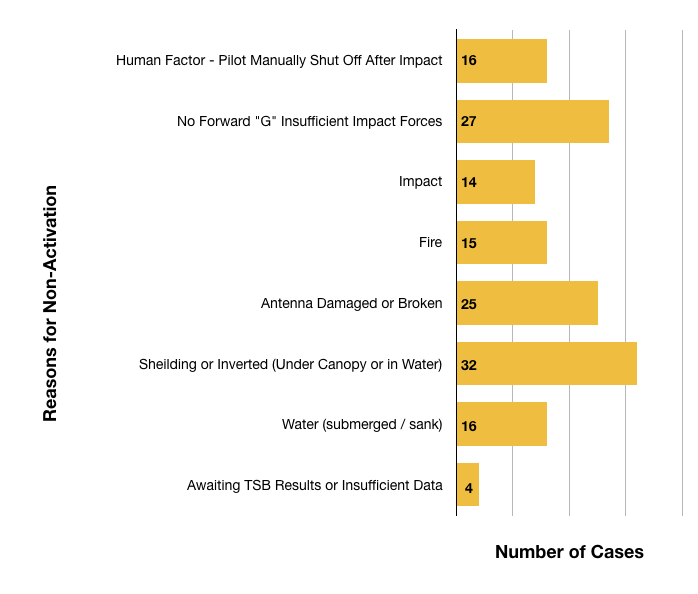
REASONS FOR DELAYS IN RECEPTION
Primary reason is due to Beacon shielding by Terrain ( under tree canopy, or rough terrain ), partially submerged by water, or antenna not pointing up in roll over’s.
Secondary is high latitudes above GeoSat visibility, resulting in up to 90 minute delays for Leo satellites to come into view.





